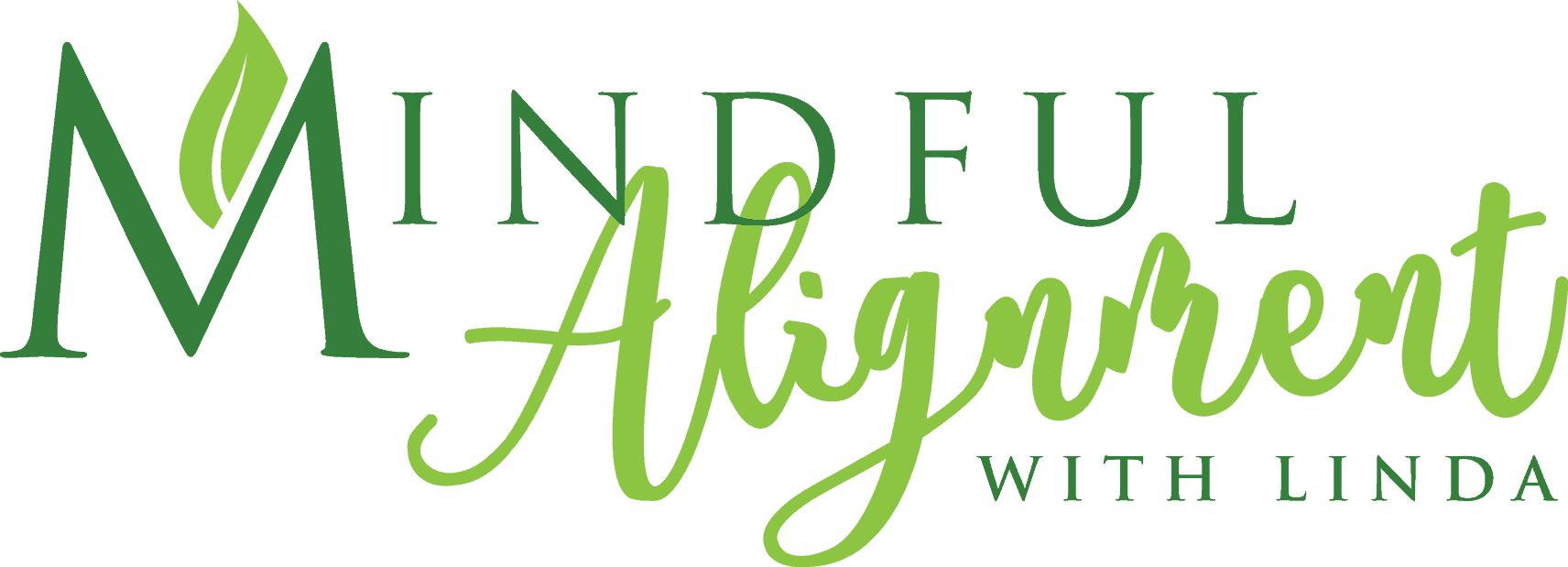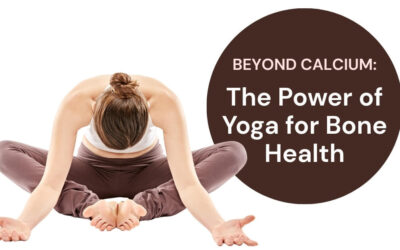Breathe Your Way to Health
Breathing Benefits Our Organs
Chris Cuomo, the brother of New York State Governor Andrew Cuomo, and a journalist with CNN, is recovering from the Coronavirus. I recently watched a video interview during which he explained in detail the challenges he has faced to breathe while battling COVID-19.
Most people understand that breathing is essential for life, but few understand how to breathe correctly and actually how one’s internal organs benefit during the process.
How it Works
Anatomical Movement Related to the Breath
Inside our bodies, on the inhale, when the lungs fill, they need to expand. In other words, they need more space to expand both outward and downward. Consequently, one’s diaphragm needs to move out and down. In yoga, this is called ‘diaphragmatic breathing.’
But there is still more happening. When the diaphragm moves down, the internal organs get ‘massaged’ which is a good thing. The pelvic floor, the muscle that runs from the pelvic bone to the tailbone holding the organs up — needs to relax.
On the exhale, the diaphragm moves in and up, the pelvic floor firms, allowing the internal organs to move back to their original positions. The lungs empty. Then the process starts again.
There is yet more movement about which to know in this regard. The ‘rib cage protects the organs in the chest.’ For the lungs to expand, the rib cage needs to expand as well. The rib bones attach to the spine in the back, then wrap around and attach to the sternum. The lower two rib bones are the only exception, in that these do not attach to the sternum, but instead, they float to allow the lungs to expand.
Lastly, there are muscles between the rib bones called ‘intercostal muscles.’ Those muscles also need to engage in expanding the rib bones. The lower edge of the bones flairs out on the inhale, similar to how Venetian blinds open. It is the lower edge that moves out just as the blinds do. Then, together, they all move back into place.
Bad Breathing Habits Develop Over Time
When we were born, the delivery physician spanked us on the behind so that we would begin to breathe on our own. No one taught us to breathe, but it started in the delivery room. Over time, some have developed bad habits, especially slumping forward with both the neck and shoulders, thus unintentionally restricting total lung capacity and self-triggering what is named ‘shallow breathing.’
The human lungs are pear-shaped with the smaller portion at the top. If we ‘shallow breathe,’ we are inhaling and exhaling only in the top half of our lungs — and therefore — the smaller portion of the lungs.
Consequently, many people exchange as little as 40-50% of the air in their lungs!
What Does That Mean For Someone With a Respiratory Condition?
if one has a respiratory condition, like asthma, one also tends to breathe in a very shallow pattern in the top half of their lungs, and likely by moving the shoulders up and down (called chest breathing), possibly causing neck and shoulder pain over time, as well.
In the past, before understanding how breathing works, I used to be a ‘chest breather’ because of my asthma. Now, I work daily to improve my breathing technique. It is also something I teach all the time because this subject area is so essential to life and living.
How to Breathe Properly:
“3 Dimensional Breath Technique”
- 1.1 – Sit or stand tall but be comfortable. Roll your shoulders down and back. Keep your chin level with the floor and the back of your head in line with the spine — no slumping forward (i.e., tech neck.)
- 1.2 – Inhale through the nose (or mouth if that is not possible.) Feel the diaphragm expand out and down, and your heart space goes out and up. Expand the rib cage out 360 degrees. Relax the pelvic floor as the diaphragm moves. The internal organs will now become massaged as the diaphragm moves down.
- 1.3 – Exhale through the nose, if possible, contracting the diaphragm, heart space, and rib cage. Firm up the pelvic floor.
It’s just that simple except that most find it challenging to expand the rib cage in a significant way. That’s why I often teach the “3-dimensional breath technique,” explained as follows:
- 2.1 – Place one hand on the belly and one hand on the heart. Inhale through the nose, expanding the diaphragm out and down and the heart space up and out. Do this for several (3-5) breaths.
- 2.2 – Next, place each hand on the side of the body over the ribs. Inhale expanding the rib cage out and then contract the rib cage on the exhale. Likewise, do this for several (3-5) breaths.
- 2.3 – Next, place one hand on the front of the body and one hand on the back of the body, as far up as possible. While inhaling, expand the front of the body just like for Step (2.1) just above. The back of the body expands outward. Both the front and the back of the body contract on the exhale.
Lastly, combine all the previous steps executing them simultaneously. You can place your hands wherever you feel comfortable, including on your thighs.
To avoid distractions, I suggest keeping your eyes closed throughout this exercise. Of course, if you feel light-headed or otherwise uncomfortable doing this exercise, stop immediately by returning to your natural breath.
Yoga has many breathing techniques, called ‘pranayama.’ Check out my videos to experience some methods to bring more awareness to the breath.
Here’s my video example on 3 Dimensional Breath Technique
Takeaway
Mindful breathing is not only necessary for life, but it is another part of keeping one’s internal organs healthy, as well. The better you breathe, the more likely that whatever illness you may develop in life, you will be stronger and better able to make a fuller recovery.
Happy breathing!
Are you interested in trying yoga to regain the physical freedom you once had? Sign up for one of my online yoga classes. It’s a great way to give it a try and find out if yoga is something you would enjoy.
Related Articles:
Beyond Calcium: The Power of Yoga for Bone Health
Discover how yoga supports bone health and osteoporosis prevention. Learn science-backed poses that strengthen your skeleton and reduce fracture risk.
The Motivation Paradox: Action is the Catalyst for Healing Back Pain
Discover the Motivation Paradox of Back Pain—why waiting for motivation keeps you stuck and how action is the true catalyst for healing. Learn science-backed strategies to break the pain cycle and reclaim mobility.
Transform Back Pain Anxiety: From Uncertainty to Empowerment
Discover how to navigate pain anxiety with empowerment. Embrace uncertainty and reclaim your healing journey through mindfulness and resilience.
Transforming Your Relationship with Back Pain: A Mindset Revolution
Back pain is more than a physical challenge—it's a profound psychological journey. The real battle isn't just in your muscles and joints, but in your mind. Your thoughts can either be a prison or a pathway to healing. Reframing Your Inner Narrative When chronic pain...




